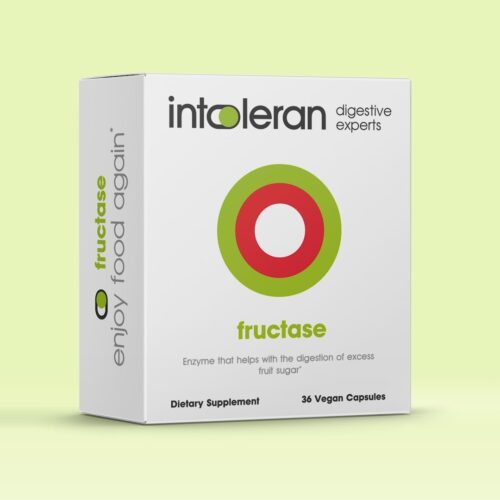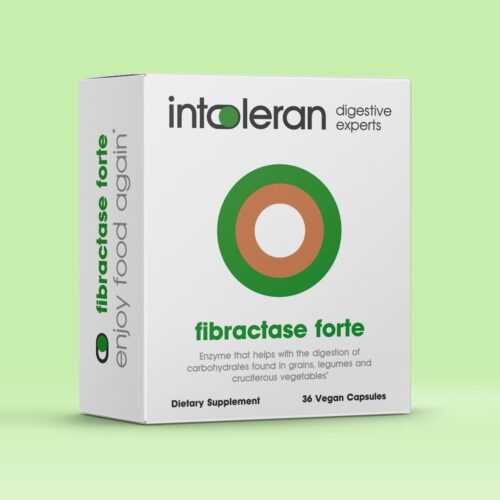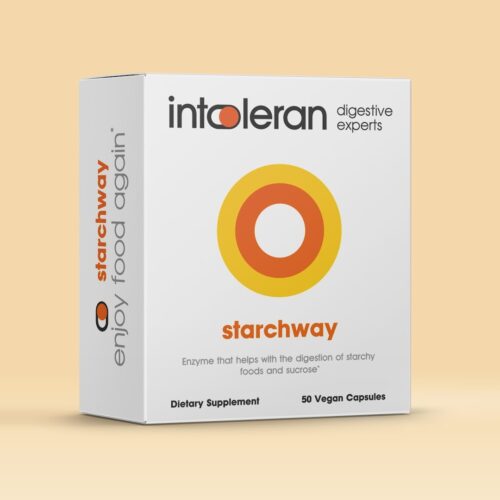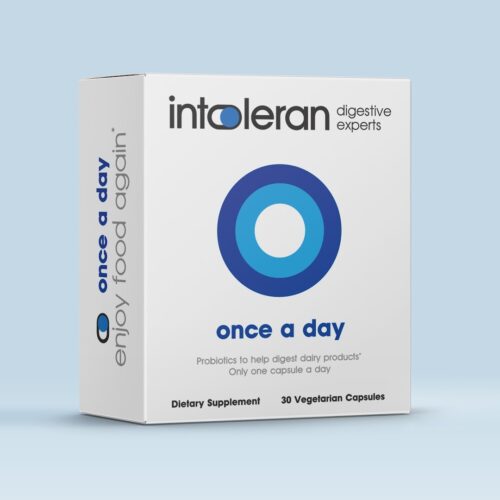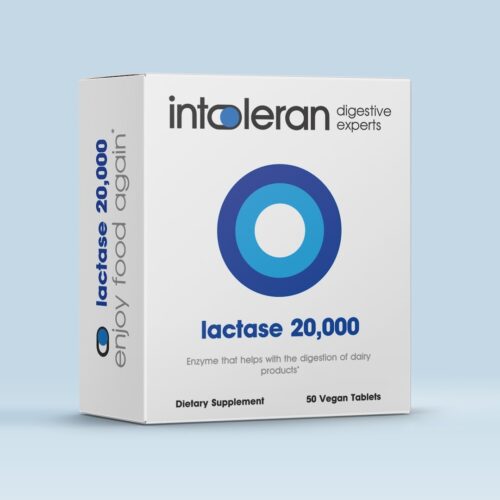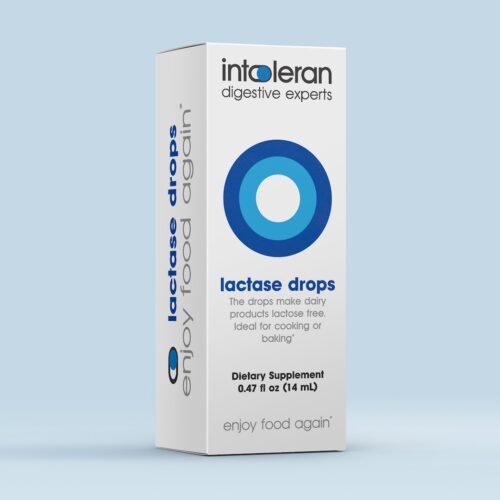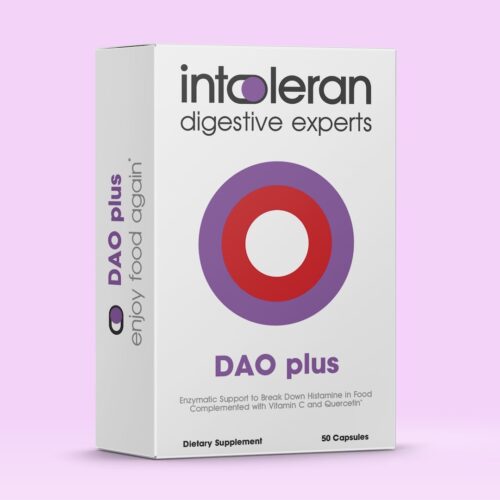Fructose, also known as fruit sugar, is a type of sugar mainly found in various fruits, vegetables, honey and processed foods. You can read more about fructose intolerance below.
what is a fructose intolerance?
Fructose, also called fruit sugar, is a type of sugar found primarily in various fruits, vegetables, honey and processed foods. The food industry uses fructose to make products such as cookies and dressings sweeter. In fructose intolerance, fructose cannot be properly absorbed in the intestines. Normally, fructose is absorbed in the small intestine, where it can pass through the intestinal wall with the help of the transport protein GLUT-5. In fructose intolerance, this transport protein is defective, preventing the fructose from leaving the small intestine and entering the large intestine. Once there, intestinal bacteria ensure that fructose is broken down by fermentation. The fermentation process releases gases and attracts moisture, which can cause intestinal problems.
Fructose is a monosaccharide, a singular sugar molecule. Fructose is very similar in structure to glucose, which is also a monosaccharide. Glucose is absorbed in the small intestine by the transport protein GLUT-2. Fructose can attach to glucose and thereby “ride along” with GLUT-2 to pass the intestinal wall. When there is an equal amount of glucose and fructose in the small intestine, the fructose can be absorbed properly. If there is more fructose than glucose in your diet, fructose is left over, called free fructose. This free fructose cannot bind to glucose and eventually ends up in the large intestine. There it starts fermenting which can cause intestinal problems for people with fructose intolerance.
The official term for fructose intolerance is fructose malabsorption because it involves a reduced absorption capacity of fructose in the intestine. Roughly 30% of Europeans suffer from fructose malabsorption, with the degree of symptoms being very different from person to person. This fructose intolerance may also be related to irritable bowel syndrome (IBS) in which the intestines are more sensitive and may have difficulty digesting certain food components, including fructose.
Some people suffer from a genetic variant of fructose intolerance. In this case, the fructose metabolism in the liver is disturbed, whereby aldolase B enzyme activity is absent. This enzyme is essential and necessary for the metabolism of fructose in the liver. Even small amounts of fructose lead to severe liver damage in the genetic variant.
If you are sensitive to fructose, it may be that you are also more sensitive to fructans. Fructans are oligosaccharides, which are chains of 3-9 carbohydrate molecules attached together. You can find them in onion, garlic, leeks, cabbage, and wheat, among other things. When fructans are broken down in the intestines, a molecule of fructose is also split off. If you are fructose intolerant, you may therefore also experience symptoms from fructans in your diet.
which foods contain fructose?
Fructose is naturally found in a number of different foods, mainly in fruits and certain vegetables. However, fructose is also found in many processed foods because it is used as a sweetener. Below are common foods that are high in (free) fructose:
- Fruit, such as apple, pear, and cherry
- Vegetables, such as asparagus, artichoke and sugar snaps
- Fruit juice, such as apple juice and pear juice
- Dried fruits, such as raisins, figs and dates
- Jams and fruit compotes/sauces such as apple sauce
- Honey and maple syrup
In addition, fructose is often added as fructose syrup to processed products such as soft drinks, sweets, dressings, sauces and breakfast cereals. Check the label if you want to know if a product contains fructose. In the ingredient declaration, it is also referred to as fructose syrup or glucose syrup.
how do you recognize fructose intolerance?
Symptoms of fructose intolerance are caused mainly by the fermentation process in the large intestine. This process attracts moisture and may also release gas. This can cause unpleasant intestinal symptoms. The most common complaints and symptoms of fructose intolerance are:
- Abdominal pain
- Bloated stomach
- Constipation (obstipation)
- Diarrhea
- Intestinal cramps
- Flatulence
People with fructose intolerance are also more likely to feel depressed or down. This is because free fructose can bind to tryptophan. Tryptophan is needed to make the happiness hormone serotonin. When free fructose binds to tryptophan, less serotonin can be produced, which can make you feel down. People with fructose intolerance are therefore also significantly more likely to develop depression. The hormone serotonin also ensures a feeling of fullness, for example during meals. If your body does not produce enough serotonin, you may feel less full and continue to eat.
what you can do about fructose intolerance
Most people will continue to suffer from fructose intolerance for the rest of their lives. Fortunately, you can prevent symptoms as much as possible with a few simple tips.
If you know you are fructose intolerant, you can limit the fructose in your diet as much as possible to avoid symptoms. It is important to know how much fructose your intestines can tolerate without developing symptoms. Pay attention to the amount of free fructose in your diet. Certain fruits contain about the same amount of glucose and fructose, so you can eat them without problems because fructose can bind with glucose.
In the low FODMAP app from Monash University, you can easily check which types of food are safe and which you should limit to avoid complaints. If you are unsure which foods you can eat or should avoid, contact a dietitian for personal advice and guidance on a fructose-restricted or fructose-free diet.
Certain enzymes can convert fructose into glucose, which can prevent the fermentation of free fructose and the symptoms associated with it. For example, the enzyme Xylose Isomerase can convert fructose into glucose, allowing you to properly digest the fructose in your diet. This enzyme is available in supplement form that you can use with meals that contain free fructose. If you have questions about using supplements for fructose intolerance, you can always consult a dietitian.
Our product for fructose-intolerance fructase helps with the digestion of fructose.

fructase helps to digest fructose
Our product fructase contains the enzyme Xylose Isomerase and helps with the digestion of excess fruit sugar. Prevents gas, bloating, abdominal pain, and diarrhea associated with fructose. intolerance
our unique range of products

free advice from our dietitians
Let us help you with your digestive complaints, like we’ve helped many others. We will help you find the solution that fits your needs best.
Fill out our contact form and we will get back to you


 EN
EN NL
NL IT
IT FR
FR ES
ES AU
AU SG
SG